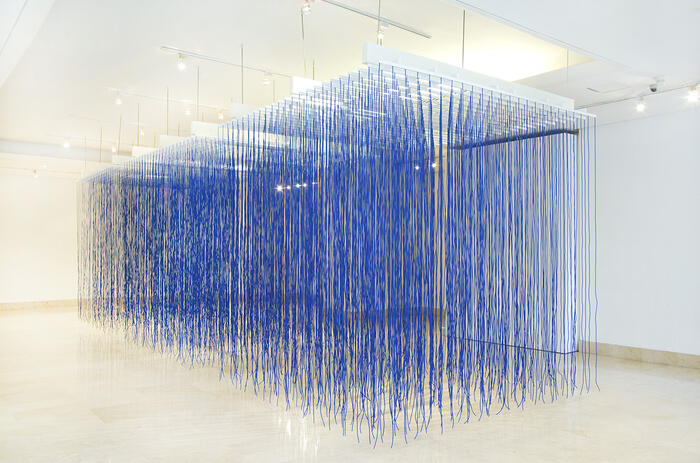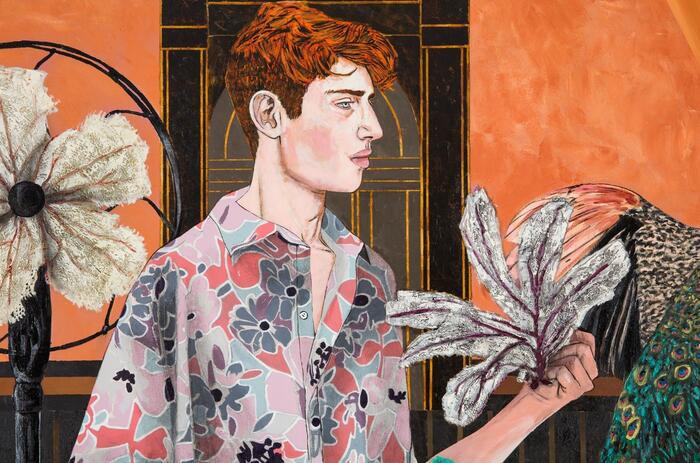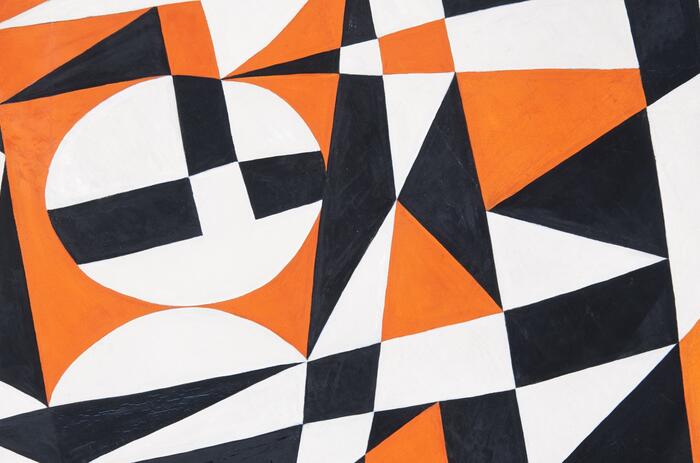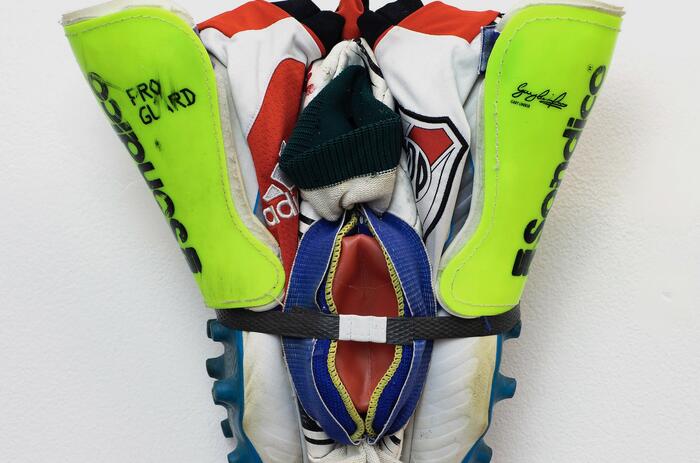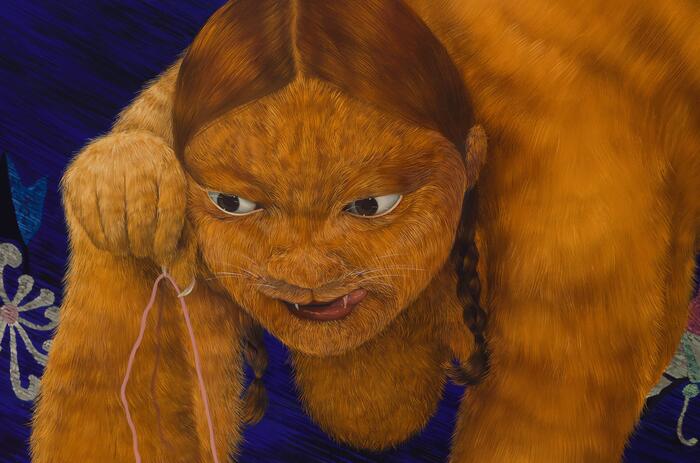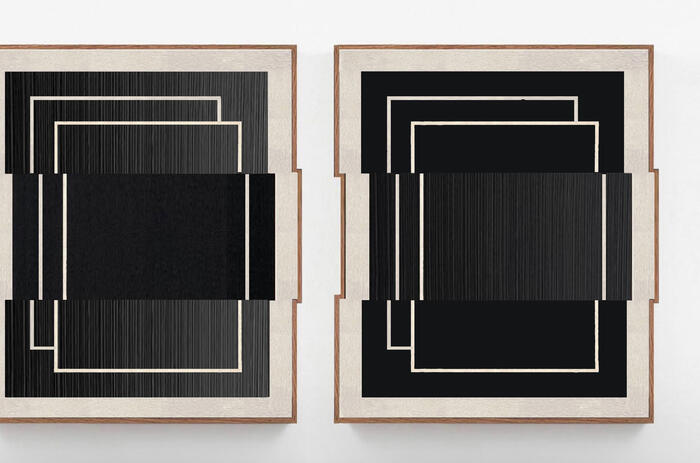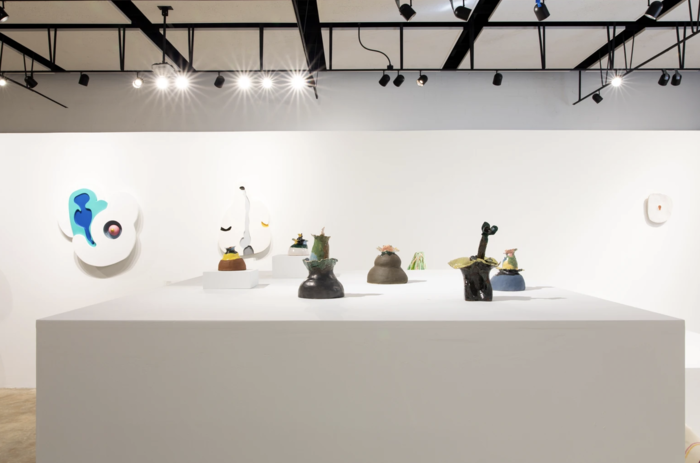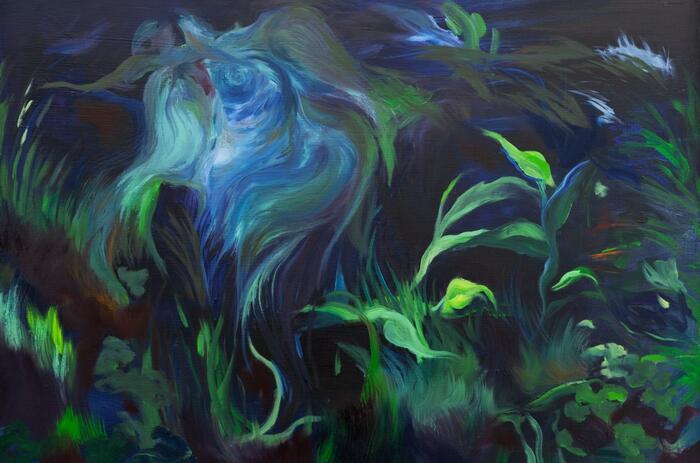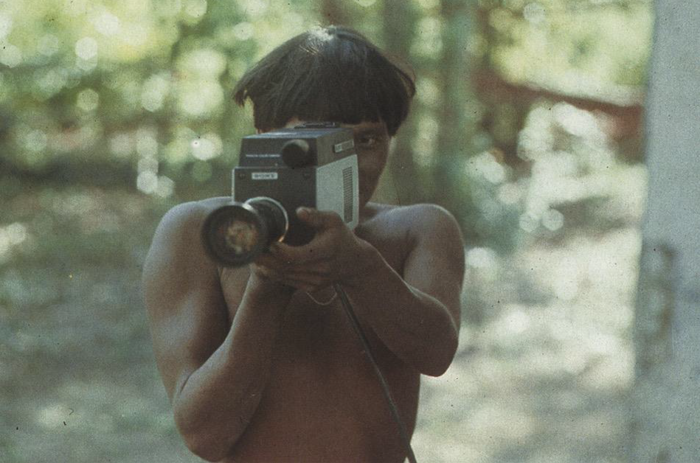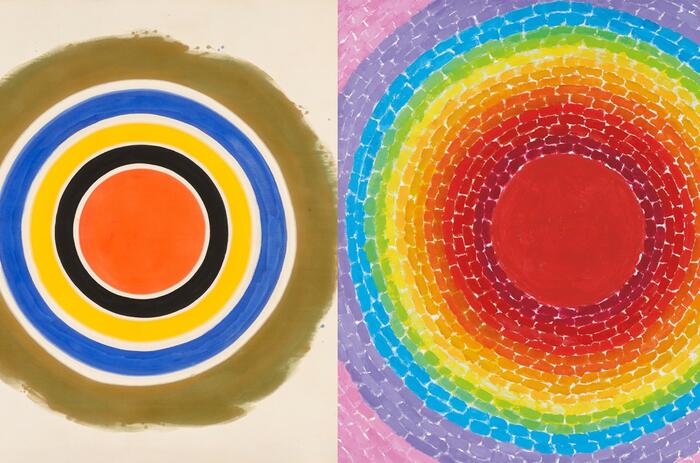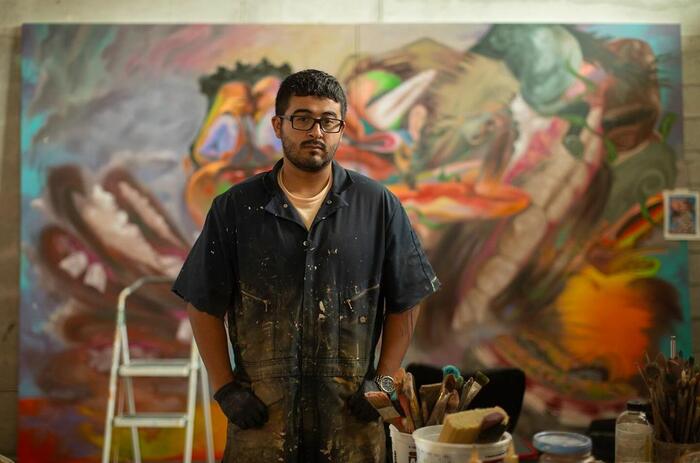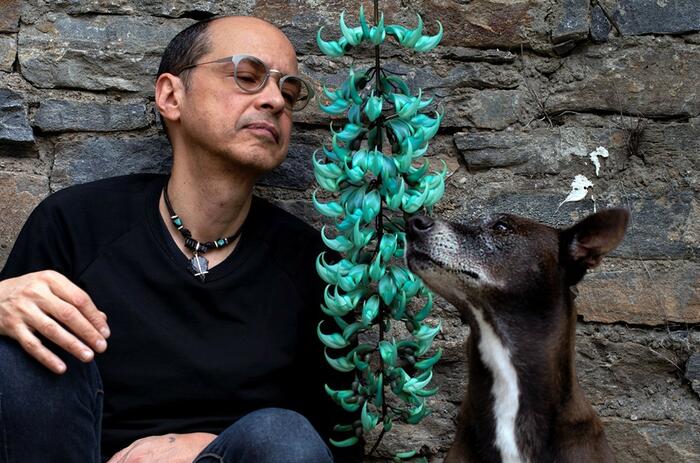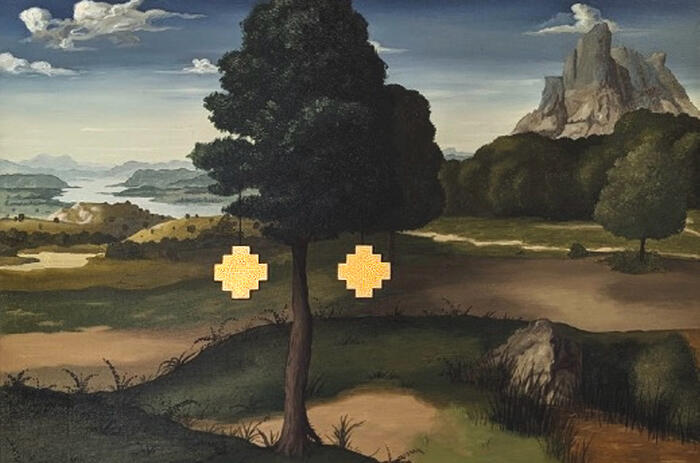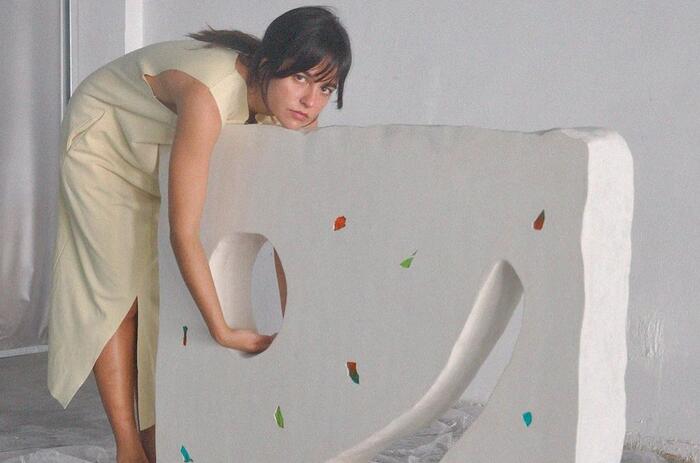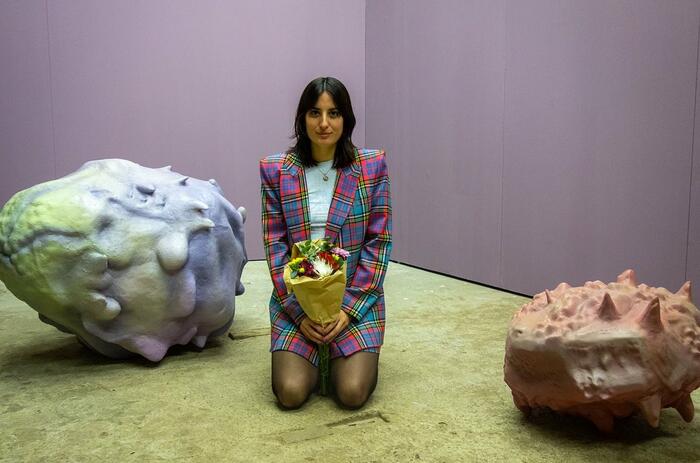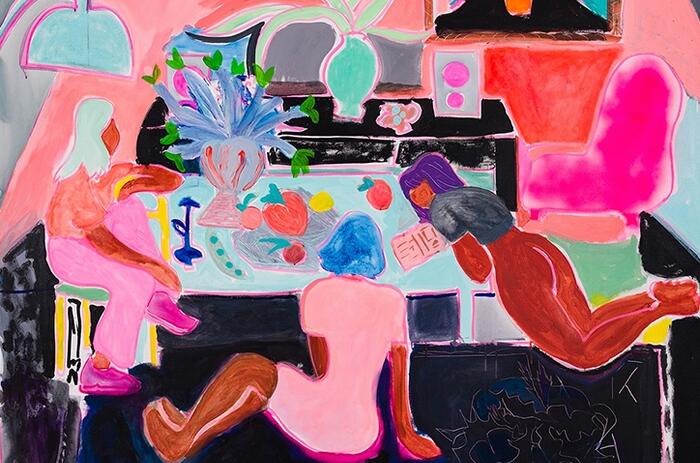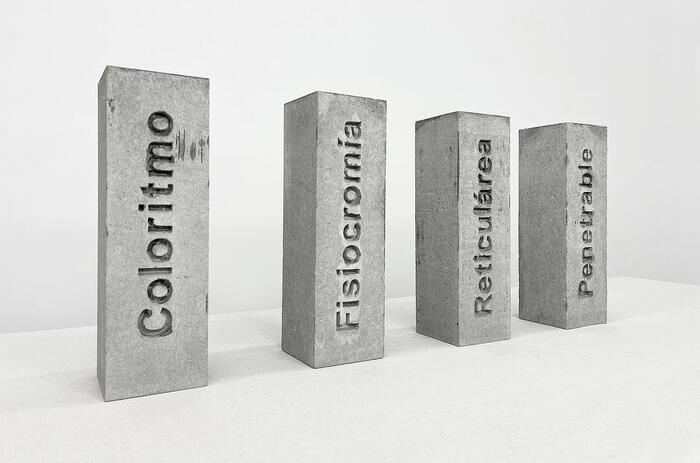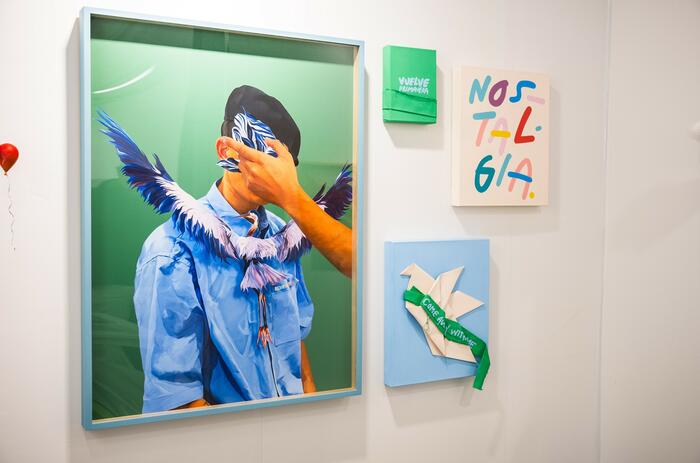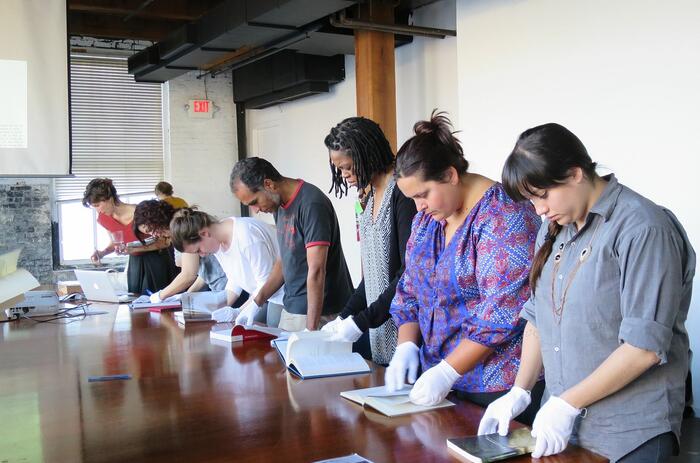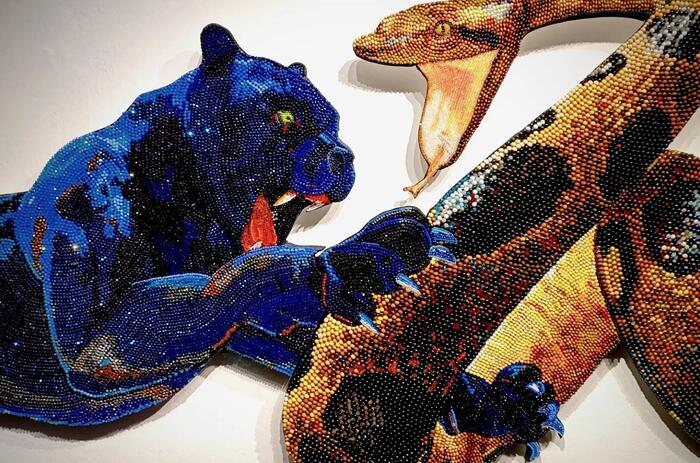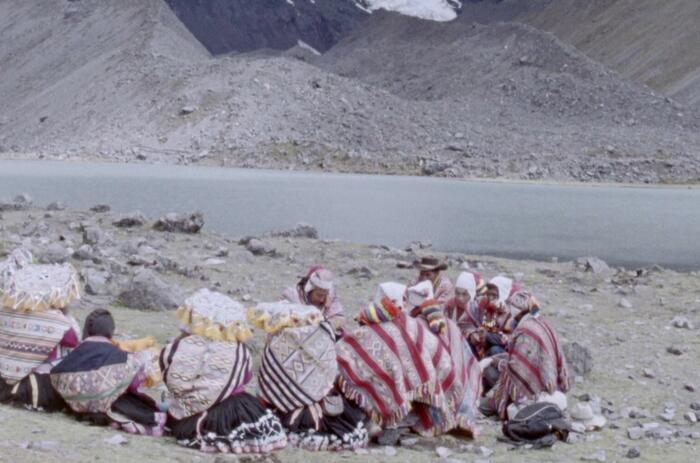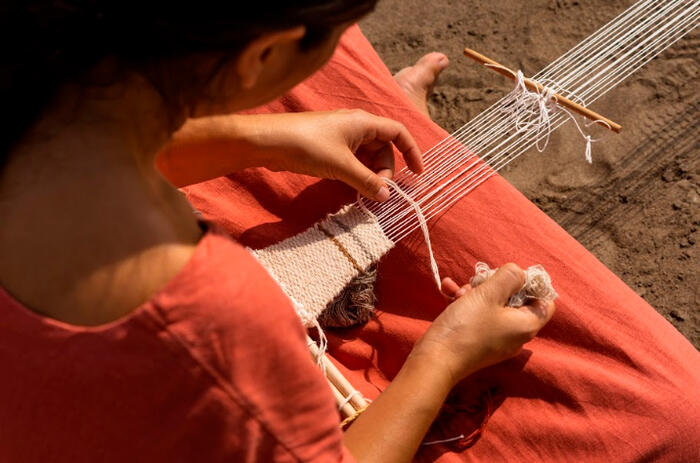GIULIANA VIDARTE: "THROUGH EXHIBITIONS WE CAN LOOK AT THE PAST IN ORDER TO THINK ABOUT TODAY"
Giuliana Vidarte is a curator, art historian and teacher. Her work focuses on the rewriting of history from the perspective of the discourse of the Peruvian Amazon. In an interview with Arte al Día, she talks about her career and how she developed the curatorial proposal for the NEXT section for Pinta Miami 2023.
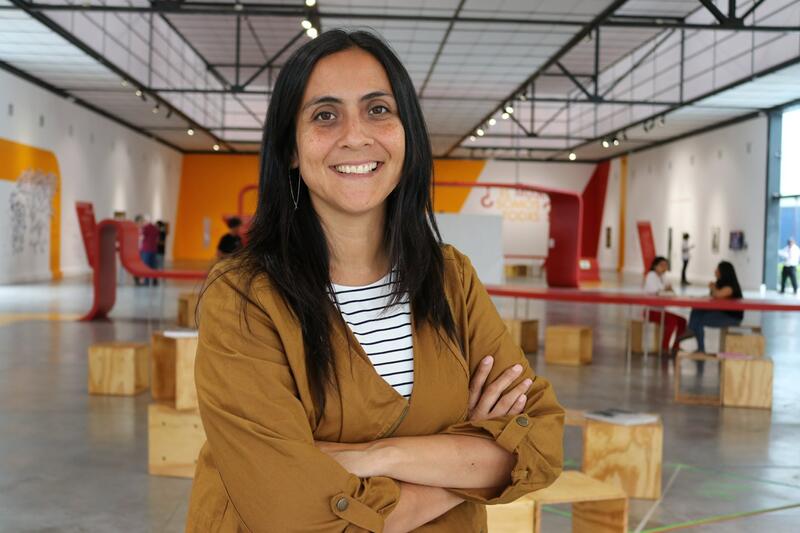
What motivated you to focus on the relationship between visual arts and literature, especially in the context of the Peruvian Amazon?
My research and curatorial work initially focused on art and archival projects by contemporary artists who propose alternative discourses and an urgent rewriting of historical narratives, offering reinterpretations of the imaginary of Ancient Peru. Subsequently, I developed several research projects on artistic practices linked to the context of the Amazon. These exhibitions brought together artistic projects that proposed to rewrite the official narratives of Amazonian history, highlighting the need for a renewal of the discourses linked to the boom of rubber extraction. Other projects delved into the complex relationships between animals, plants and humans, or the concepts of nature and culture, in the Amazon, which are condensed into mythical narratives. Including the work of artists who create representations of these myths and establish relationships of dialogue with other spaces of knowledge, enabling the updating of this mythology and promoting its dissemination and discussion.
Thanks to the generosity of dear friends and colleagues, I arrived in the context of the Amazon and found a space where I could contribute to the development of lines of research on the history of Amazonian art and where I could accompany creative processes designed to make visible the urgent problems of this region.
-
Víctor Churay, ‘Mapa de cielo bora’ (siglo XX), pintura sobre llanchama. Colección Macera-Carnero en custodia del Museo Central. Banco Central de Reserva del Perú. Parte de la exposición LOS RÍOS PUEDEN EXISTIR SIN AGUAS PERO NO SIN ORILLAS, curada por Giuliana Vidarte y Christian Bendayán.
Tell us about your participation as curatorial assistant in the Peruvian Pavilion at the 58th Venice Biennale. What lessons did you learn from this international experience?
In 2019, I was part of the curatorial team of the Peruvian Pavilion at the 58th Venice Biennale as curatorial assistant. "Anthropophagous Indians" A Butterfly Garden in the Jungle (urban), curated by Gustavo Buntinx, included the work of Peruvian artists Christian Bendayán and Segundo Candiño, along with historical material by German entomologist Otto Michael and Spanish photographer Manuel Rodríguez Lira. This experience allowed me to problematize the role of contemporary artistic practices in relation to the creation of national historical imaginaries, collective memories, identity and histories from a complex and convulsive context such as the Peruvian one. It was an experience of collective work that I value very much, which allowed me to think a lot about the challenges of bringing the debates of a context to a much more global space of discussion. I learned a lot about the modes of research and creation of my colleagues.
As Head of Curatorship and Collection at MAC Lima, how do you define your role? Is there a particular vision that you seek to communicate in the design of the exhibitions?
In the last five years, as Head of Curatorship and Collection of the Museo de Arte Contemporáneo de Lima, I have been in charge of the design and execution of the Museum's curatorial program in collaboration and dialogue with the different work areas. The MAC Lima is an institution dedicated to the promotion, research and dissemination of contemporary art practices in Peru. It also houses the original collection of the Instituto de Arte Contemporáneo. The program I developed for the Museum initially focused on the practices of contemporary Peruvian artists and their dialogues with the Latin American context. Within this broad body of work, we recognized research themes that we have subsequently developed with greater attention as part of the Museum's various programs. These themes include contemporary practices that propose the reinterpretation and updating of the knowledge, mythology and technology of the Ancient Peruvian civilizations, as well as proposals that open a dialogue around the territory we inhabit, the links we establish with it, the debate on concepts such as nature or sustainability, and the discussion of current issues in the Peruvian and global context, such as pollution, deforestation and the environmental crisis.
-
Antonio Seguí, Me estoy yendo (1989) [detalle], litografía sobre papel. Parte de la exposición HISTORIAS DE PAPEL 1. Cuerpo, mito e historia en la colección sobre papel del MAC Lima, curada por Giuliana Vidarte.
-
Retorno Solar de Luis Enrique Zela-Koort. Premio MAC Lima Arte e Innovación 2022. Curado por Giuliana Vidarte.
Pinta Miami 2023: What were your expectations this year for the curatorship of the NEXT section? What do you feel was achieved with the selection of projects?
The whole work process for this year's NEXT section has been very enriching for me because it is an invitation to think about the relationships between proposals in a very diverse environment, but in which it is possible to recognize shared problems in order to establish reflections on the conditions of the present and possible new configurations of scenarios for the future. I have been able to establish closer contacts with practices that interested me a lot in Lima, Buenos Aires, Guayaquil, Córdoba, Rosario, Valparaiso and Bogotá. It also seems to me that the challenge of collaboration between galleries and proposals, which is the basis of the section, contributes to the development of conversations and exchanges that open new paths to think about local contexts and artists' works and that I hope will foster the emergence of other collaborative proposals.
Pinta Miami 2023: What brings together the 10 galleries in this specific edition? What do they express?
I think it's possible to highlight how the projects that are part of this year's NEXT section affirm their role in each of their contexts as spaces for encounters, experimentation and training, and that seek to contribute to the decentralization of artistic practices. These are galleries that emerge to respond to the local reality and that accompany creative projects to analyze the interrelations between different vital environments and the contradictions and conflicts of contemporary societies. They are also proposals that broaden the definitions of emerging artistic practices and extend lines of dialogue between different generations, means of creation and geographic spaces.
What value do you think there is in "the emergent"? Are there specific themes that you consider important to address in this context of Latin American contemporary art?
It is a term that can be read from different perspectives and I think that galleries affirm it in different ways as well. On the one hand, there is a focus on how this definition of "emergent" is understood, linked to the trajectory of the creators. My intention for the section has been to open up the various dimensions in which a term like this is thought from the work of the galleries and understood in each local context. At the same time, it was important to bring together practices that account for debates that are urgent for Latin American contemporary art today, such as reflections on the processes of colonization, the devastation of ecosystems, the excessive extraction of resources and the ways of inhabiting and experiencing the world from the means of contemporary visuality and virtuality. The section also includes proposals that evoke new configurations for future scenarios based on the representation of ancestral schemes, family memories and everyday narratives.
What are the biggest challenges you face as a curator in the contemporary art scene? And the opportunities you see for the future?
From my practice I think it is always important to think about how our work is relevant to the working and creative environments to which we belong. It is important to integrate our research and exhibition projects into the dialogues and discussions that are urgent for the contexts we are part of. From the curatorial work, it is currently possible to accompany artistic projects that propose to rethink historical discourses, recover traditional knowledge, make visible the artistic practices of different communities and recognize the space to which each creator belongs, their particularities and the fundamental link with the context. Today we reflect on history and memory in order to understand ourselves and recover broad and diverse discourses for our communities. From the exhibitions we can look at the past to think about today, and we also look at the territory to approach it not as a space for contemplation but as a place in constant movement and in which we fulfill roles that affect and transform.

